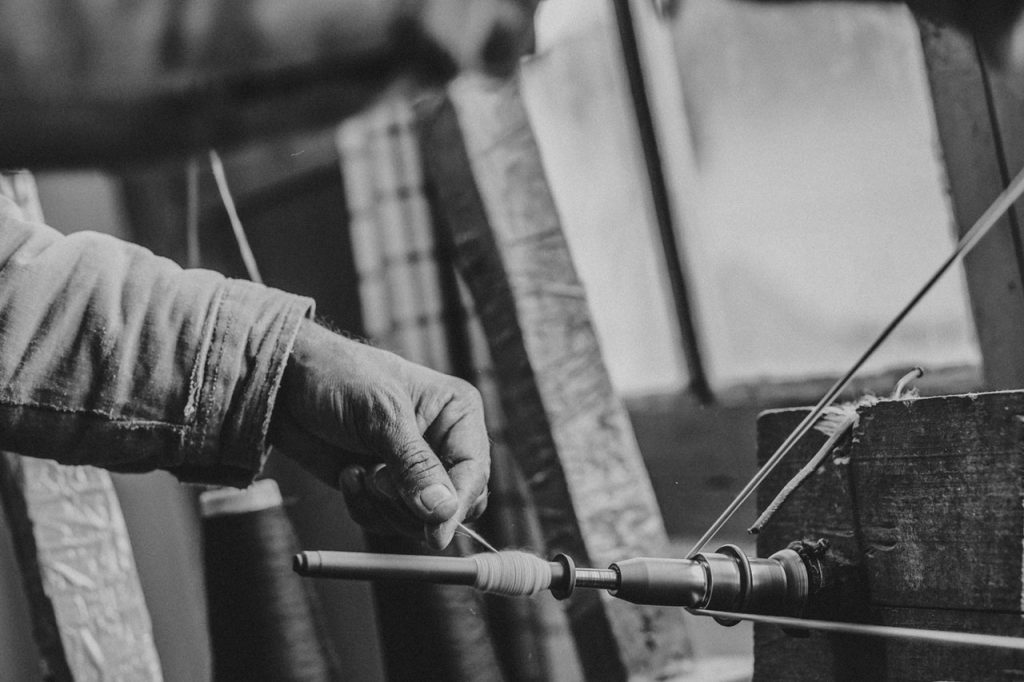Today’s metal fabrication processes are far different from those operating in the past decade. Metal fabrication is the procedure of building structures from raw metal products. The process consists of cutting, burning, welding, forming, and assembling to produce the end product. Metal fabrication tasks include everything from hand railings, to heavy equipment and machinery. Specific sub-sectors consist of cutlery and hand tools, architectural and structural metals, hardware production, spring and wire manufacturing, screw, nut, and bolt manufacturing.
A one-stop metal fabrication store helps contractors restrict their need to deal with multiple vendors to finish complicated jobs.
How Is Metal Fabrication Carried Out?
The metal fabrication market has broad applications throughout markets and consumer products. Standard raw materials used consist of plate metal, fittings, castings, formed and broadened metal, sectional metal, flat metal, and welding wire. The success of the metal fabrication industry depends on financial development to grow. Because the economic rebound after the last economic downturn, metal fabrication has actually become a strong and extreme organisation that continues to recalibrate itself and grow. Current modifications consist of a shift from leaning on a few big jobs to keep a yearly profit to attempting to keep consistent sales volumes by diversifying and continuing to follow the successful design template of previous years. The metal fabrication market is extremely cyclical and depends on industries such as auto, aerospace, construction such as wire fabrication and energy usage. Profits for each sector differ based on market and financial factors affecting those markets. Investors need to take a look at their particular customer base and the economic impacts affecting them in any given year.
 To gather the best forecasts, metal fabricators can begin by looking at substantial stats for that location of service, be it home building and construction, energy, defense, or other location. By diversifying the customer base and gathering consumers from a variety of sectors, the cyclical nature of the industry can much better manage to keep net earnings constant. Metal fabricators that can quickly move product lines can safeguard earnings and focus on areas where need is most common. This kind of diversity can develop a sustainable income base, regardless of revolving financial conditions.
To gather the best forecasts, metal fabricators can begin by looking at substantial stats for that location of service, be it home building and construction, energy, defense, or other location. By diversifying the customer base and gathering consumers from a variety of sectors, the cyclical nature of the industry can much better manage to keep net earnings constant. Metal fabricators that can quickly move product lines can safeguard earnings and focus on areas where need is most common. This kind of diversity can develop a sustainable income base, regardless of revolving financial conditions.
The market is learning to stabilize capacity with irregularity and discover new methods to construct support for fundamental customer demands that are owned by an ever-changing economy. As machinery ends up being more advanced, the capability to preserve a continuous level of capital and earnings is improving. Although forecasting can be difficult in a service dependent on the financial fortune of its customers, the general consensus stays that those who can stay up to date with quickly altering demands while still preserving a high output capacity will elbow into a position of made the most of revenues.
To preserve success metal fabrication stores need capital to quickly adjust output and meet the needs of a varied consumer base. Covering costs is easy in a thriving economy, but when belts tighten, the industry should begin to cut corners and reduce variable expenses, which in turn naturally restrict the customer base the store is able to deal with at any given time. The ability of these companies to make contemporary financial investments that enable them to maintain a variable output is the essential to sustaining customer diversity. By matching efforts to diversify their customer base with financial watchfulness and an eye on rival expenses, in addition to ensuring the entire production procedure is streamlined from top to bottom, producers can protect their financial investments from the impacts of unfavorable ecological influences.
The metal fabrication industry stands as a strong financial investment built on high consumer demand. This financially rewarding moving target can be challenging to pin down, as shops battle to gear their efforts and capital towards those sectors that yield the greatest profits at any given time. The volatility of the marketplace has actually needed the industry to streamline production practices and focus on the capability to dependably produce high capacity. Metal producing shops that can enhance their production procedure and operating machinery, paired with stakeholders who can pay close attention to competing expenses and the economic trends impacting their client base, will lead the industry.
